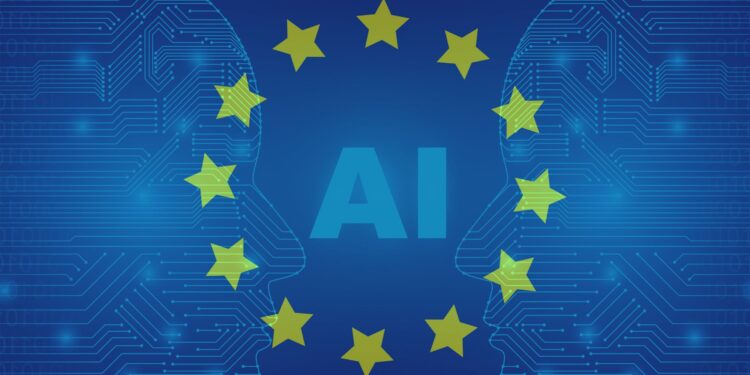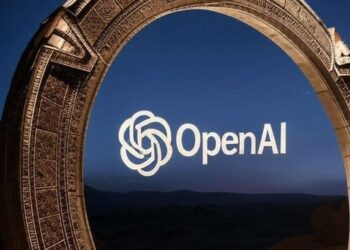The European Parliament it has eventually passed the law on artificial intelligence (Act on IT). There are bound to be correct with respect to transparency, and in particular for the so-called systems of the high risk. The rules of the new place also, the use of banned, so the ones that threaten the human rights of its citizens (with some exceptions to the rule of law).
IT Act: the prohibitions and obligations
After a few months of discussion, it was achieved a political agreement on the regulation of artificial intelligence. In comparison with the proposal of the Commission, announced nearly three years ago, the classification on the basis of the level of risk has not changed, but that they are also added to the systems of generation, of HIM, of that there was a conflict of severe among the member states.
The lawadopted by 523 votes in favor, 46 against and 49 abstentions, in front of, above all, provides for the prohibition of systems for biometric identification based on the characteristics of the sensitive and ekstrapolimin inappropriate images from the internet, or from the records of the system camera, with the circuit to be shut down. to create a database for the recognition of faces. Systems for recognition of emotions in the workplace and in schools, systems, and lending and social practice is built-in to the police (if they are only based on profiling, or an assessment of the characteristics of a person and the systems that manipulate human behavior are prohibited or exploit the vulnerabilities of the people.
The new regulations put some of the exceptions to the rule of law. The use of identification, biometric, in real-time, shall be allowed only if it is limited in time and shall be subject to the authority of the judicial to the search of a person who went missing or the prevention of a terrorist attack. The use of these systems, retrospectively, it is possible only if there is a crime (subject to the authority of the judicial).
Established other the specific systems IT with a high-risk, such as those that can cause significant damage to the health, safety, security, fundamental rights, the environment, democracy, and the rule of law. For systems such as these, it is necessary to assess and mitigate risk, to store the data of the application, to be transparent, and to ensure monitoring of the human.
Systems with a lower risk must respect the obligation of transparency and the respect of the rules of copyright. Additional obligations for the programs of the most powerful generation of IT, which may represent a hazard for the systematic evaluation of the model, the mitigation of risk and the monitoring of incidents and serious. He man or manipuluara (deepfake) and the content, audio, or video, it should be labeled clearly.
Act on IT now, it will have to be approved by the city Council to become law. It will enter into force 20 days after its publication in the Official Journal of the european union, but the application is going to be down to: 6 months later-on the application of the forbidden, 9 months later, the codes of good practice, 12 months later, for the purposes of the general system of IT, and 36 months later on the systems that HE is high-risk and 24 months too late to the requirements of the other.





















































Discussion about this post